Description
Unlike active seismic methods, passive seismic monitoring relies on background seismic activity to image subsurface structures. Seismic sensors continuously record natural vibrations, which help map deep geological formations. This technique is useful in frontier exploration areas where conventional seismic data is unavailable. Passive seismic methods are also applied in monitoring hydrocarbon production, detecting reservoir compaction, and assessing induced seismicity from enhanced oil recovery (EOR) operations. Modern techniques use machine learning to extract weak signals and enhance subsurface imaging.

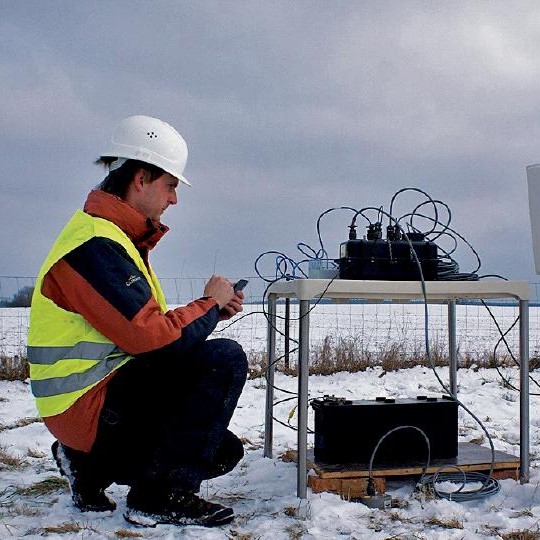
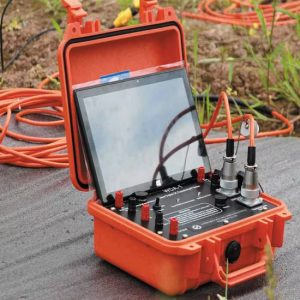
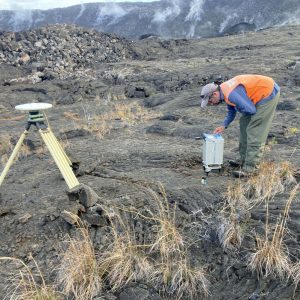
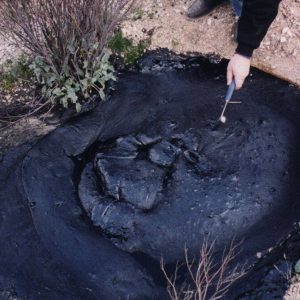
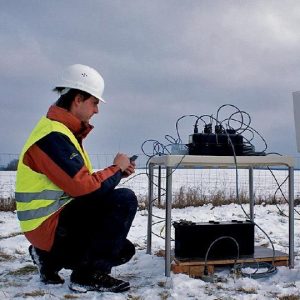



Memunat –
“Passive Seismic Monitoring by Oil And Gas Exploration Guides is an invaluable resource for professionals in the industry. Its comprehensive guide to detecting and interpreting naturally occurring seismic waves provides a detailed foundation for understanding deep structures, fluid movement, and the monitoring of induced seismicity. With its clear explanations and practical applications, this guide has enhanced my knowledge and confidence in interpreting seismic data, leading to improved decision-making and project outcomes.”
Omotayo –
“Passive Seismic Monitoring Guide is an invaluable resource for professionals in oil and gas exploration. The guide provides comprehensive knowledge on detecting and interpreting naturally occurring seismic waves, empowering us to map deep structures, identify fluid movement, and monitor induced seismicity accurately. The clear explanations and practical examples have significantly enhanced our understanding and ability to make informed decisions. This guide is a testament to the expertise and dedication of its author, and we highly value the insights it offers.”
Victoria –
“I was incredibly impressed with ‘Passive Seismic Monitoring.’ Its comprehensive coverage and lucid explanations made it an invaluable resource for understanding this complex topic. The guide expertly combined scientific principles with practical applications, providing me with a thorough understanding of passive seismic monitoring techniques. I highly commend this guide to anyone seeking to delve into this specialized field.”